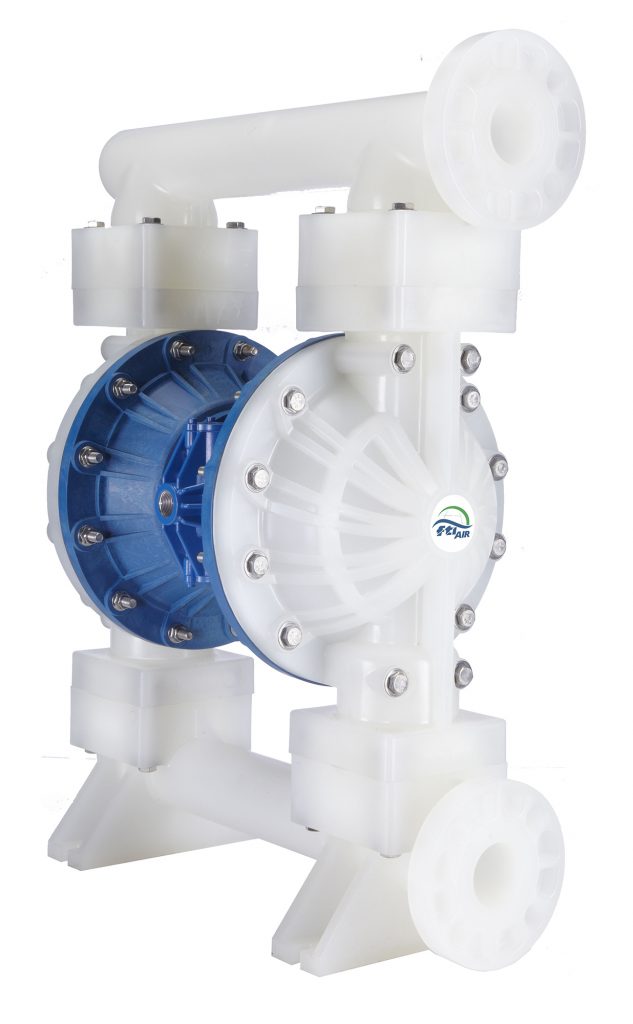Roscoe, NE Drum Pumps

Practical Applications for Roscoe Small Centrifugal Pumps
Small Centrifugal pumps have a wide range of uses across varying industries. Examples of practical applications for small Centrifugal pumps include:
- Small Centrifugal pumps are used in firefighting applications to move fluids like water and other substances.
- HVAC systems: The fluids in heating, ventilation, and air conditioning systems are circulated by small Centrifugal pumps.
- Water treatment: In applications where clean water is required, such as water treatment plants, small Centrifugal pumps are used to move water and other fluids.
- In construction, small Centrifugal pumps are used to move materials like grout, concrete, and other materials.
- Plumbing: To move water and other fluids in plumbing systems, small Centrifugal pumps are employed.
- Chemical processing: Small Centrifugal pumps are used to move chemicals in a range of chemical processing applications, such as the creation of personal care products, food processing, and pharmaceutical manufacturing.
- For irrigation in agriculture, small Centrifugal pumps are employed to deliver water and other fluids to plants and crops.
- Aquariums: To circulate water in aquariums, small Centrifugal pumps are employed.
- Small Centrifugal pumps are utilized in medical devices like dialysis machines and infusion pumps.

MSDB SERIES - MAGNETIC DRIVE, SEALLESS, Roscoe CENTRIFUGAL PUMPS
- Minimum flow rate is 1 gpm (.23m3/h)
- Maximum working pressure up to 135 PSI (9.3 bar)
- High power neodymium magnetic drive system handles high specific gravity fluids
- High specific gravity handling – over 1.8
- Engineered for corrosive fluids with polypropylene/Ryton© or PVDF/Ryton© construction
- Sealless design improves reliability with no seal maintenance to perform or seal leaks
- Horizontal or vertical (with IEC motor only) installation
- Compact close-coupled design
- Two stage versions contain two impellers, three stage versions contain three impellers
- Heads up to 300 feet (91.5m)
Choosing the Correct Drum Pump in Roscoe NE
When selecting the ideal drum pump for a specific use, there are several factors that should be taken into account. These factors include:
- Volume and flow rate: Consider both the volume and flow rate of the liquid you need to move. Ensure that the drum pump you select has a flow rate that meets your requirements.
- Size and weight: Take into account the size and weight of both the pump and the drum or other container from which you will be transferring the liquid. Verify that the pump can fit inside the drum and is not too heavy to handle.
- Power source: Choose a pump that will meet the demands of your application and the type of power source you have available.
- Compatibility with the medium being transferred: Different models of drum pumps are specifically designed to handle different types of liquids. It is crucial to select the pump that is compatible with the type of liquid you need transported, as some liquids or chemicals can be too abrasive or viscous to work with certain models.
- Price: Establish your spending limit and select a pump that satisfies your requirements at a cost you are comfortable paying.
- Safety considerations: Pick a pump that complies with applicable safety regulations and is suitable for the unique dangers prevalent in your application. Make sure the pump is explosion-proof, for instance, if you are transporting explosive liquids.


Roscoe Air-Operated Diaphragm Chemical Pump Designs & Their Advantages
Fluid-handling devices that employ air pressure to transfer fluids include air operated diaphragm chemical pumps. They are available in several designs, including single- and double-diaphragm models, ball valve layouts, and nonmetallic wetted component setups. These pumps are adaptable and reasonably priced. They can tolerate caustic or abrasive fluids, have high flow rates, and can prime themselves.
They can be used even if the liquid levels change because they are self-priming and can run dry without causing damage. Additionally, they require relatively little maintenance and can deliver a constant flow rate. Last but not least, because these pumps are air-operated, they are simple to install and use a small amount of electricity.
